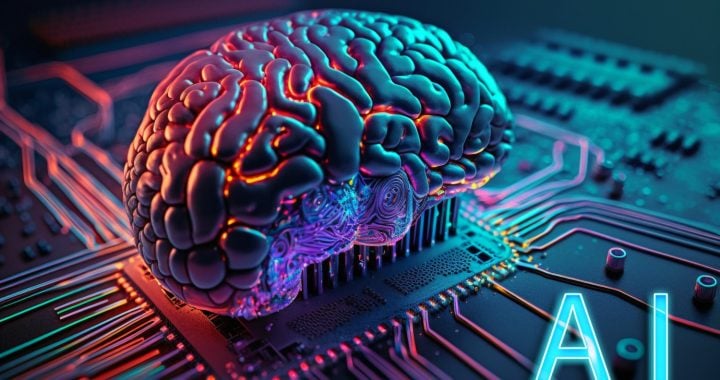A force multiplier leverages technology to enhance the capabilities and efficiency of human resources. In business terms, this translates to using AI not to eliminate jobs but to free employees from mundane tasks, allowing them to focus on innovation, customer engagement, and complex problem-solving. Three key AI technologies—Large Language Models (LLMs), automation tools, and advanced analytics—are driving this shift.
1. LLMs: The Cognitive Powerhouse
Large Language Models like GPT-4 or BERT are revolutionizing how businesses handle information. These systems excel at natural language processing, enabling applications such as:
- Content Generation: Automating reports, drafting emails, and creating marketing copy saves time for teams to refine strategies.
- Customer Service: AI-powered chatbots provide 24/7 support, resolving routine inquiries while routing complex issues to human agents. For instance, companies like Bank of America use Erica, an AI assistant that handles over 1 million customer interactions daily.
- Decision Support: LLMs analyze vast datasets to generate insights, such as predicting consumer trends or identifying market gaps, which humans can then act on.
2. Automation: Streamlining Repetitive Tasks
Robotic Process Automation (RPA) and workflow automation tools are already reducing administrative burdens in sectors like healthcare, finance, and retail:
- Inventory Management: AI systems automatically reorder stock based on sales data, minimizing human oversight.
- HR Functions: Automating candidate screening or scheduling interviews allows HR teams to concentrate on fostering employee engagement and strategic hiring.
3. Advanced Analytics: Data-Driven Decisions
AI-driven analytics transforms raw data into actionable insights:
- Predictive Analytics: Retailers like Walmart use AI to forecast demand, reducing stockouts by up to 50%.
- Real-Time Monitoring: Manufacturing plants leverage IoT and machine learning to predict equipment failures before they occur.
- Personalization: E-commerce platforms analyze customer behavior to offer tailored recommendations, boosting sales by as much as 30%, per McKinsey studies.
Why Full-Scale Workforce Replacement is a Myth
Despite AI’s capabilities, the idea of machines fully replacing humans is both unrealistic and counterproductive. Here’s why:
1. Human Judgment Still Matters
Many tasks require empathy, creativity, or ethical reasoning—qualities that humans possess but AI lacks. For example:
- A customer service rep can better navigate emotional interactions than an AI bot.
- Strategic decisions involving corporate culture or societal impact demand human oversight.
2. Ethical and Social Implications
Mass job displacement could lead to economic instability and loss of innovation, as many breakthroughs stem from human collaboration. Additionally, over-reliance on AI might introduce biases or errors that humans catch in real-time.
3. Synergy Over Substitution
The most effective implementations blend human expertise with AI’s speed and scale. For instance:
- Co-piloting: Doctors use AI to analyze medical scans for early disease detection but rely on their judgment to interpret results in context.
- Upskilling Workforces: Companies like IBM offer training programs so employees can collaborate effectively with AI tools, creating new roles such as “AI ethicist” or “data steward.”
Balancing Expectations: A Pathway Forward
For businesses, success lies in understanding AI’s role as a complement to human labor. Key strategies include:
- Strategic Integration: Align AI solutions with specific business goals—e.g., using automation for repetitive tasks while preserving roles requiring creativity.
- Continuous Learning: Invest in reskilling employees so they can work alongside AI tools, fostering adaptability and innovation.
- Ethical Governance: Implement frameworks to ensure transparency and accountability in AI decisions, preventing bias or over-reliance.
Closing Thoughts: A Partnership for the Future
AI’s greatest promise is not as a replacement but as an amplifier of human potential. By focusing on collaboration—pairing LLMs with creative minds, automation with strategic planning, and analytics with intuitive decision-making—businesses can unlock unprecedented productivity gains without sacrificing their most valuable asset: people.
The path forward requires setting realistic expectations about AI’s limitations while harnessing its strengths to create a hybrid workforce that combines the efficiency of machines with the ingenuity of humans. In doing so, businesses don’t just adapt—they thrive.

